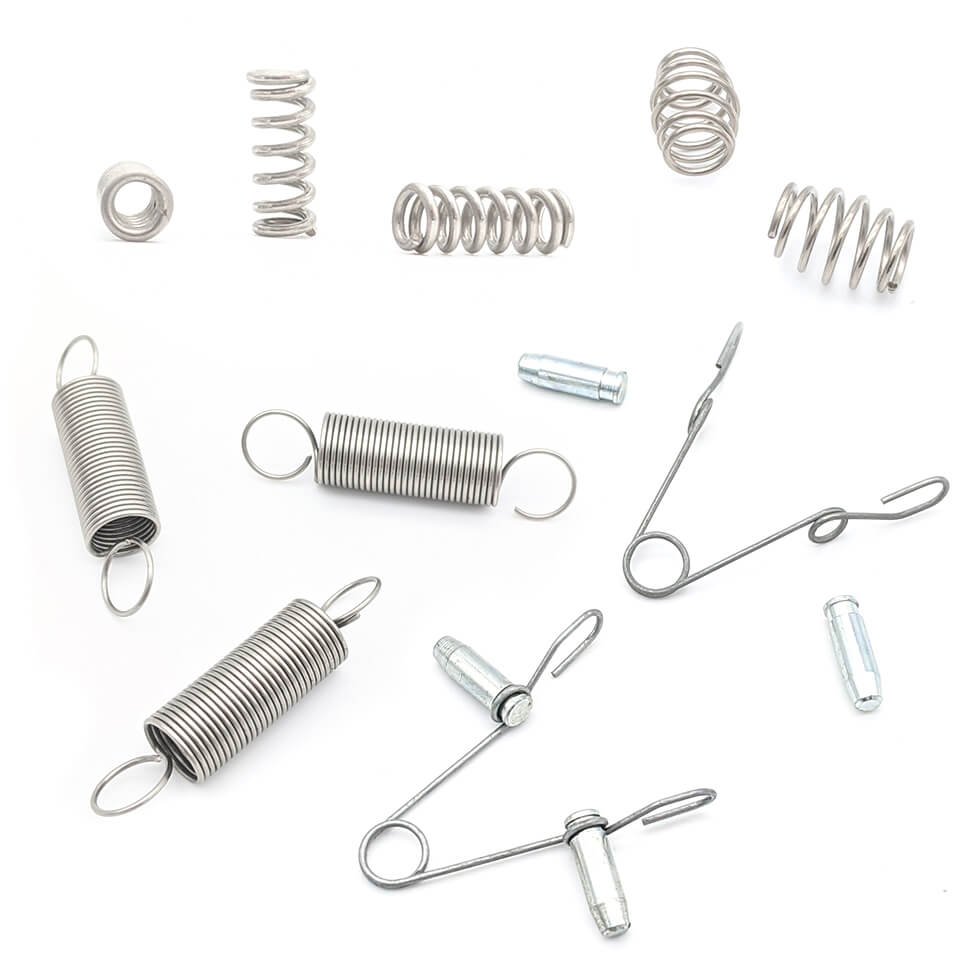Get unique, complex parts easily. No matter your requirements, Chaoyi Spring creates hard-to-produce coil springs and wire forms.
Let us help you create the custom wire form you need, from S-hooks and J-hooks to utility hooks and more.
We work closely with customers across a wide range of industries, helping them design and manufacture made-to-order parts.
Why choose Chaoyi Spring? We prioritize customer-focused collaboration, modern equipment and the latest technology to make your parts per print.
Find the information and guidance you need, from measuring a spring to learning about materials, placing an order and much more.
In the world of mechanics, springs are ubiquitous, playing a crucial role in countless devices and systems. While we might readily associate springs with compression or extension, a lesser-known but


In the world of mechanics, springs are ubiquitous, playing a crucial role in countless devices and systems. While we might readily associate springs with compression or extension, a lesser-known but equally vital type of spring exists: the torsional spring. These ingenious devices, characterized by their ability to store and release energy through twisting motion, are hidden heroes in various applications, from precision instruments to everyday objects. This article delves into the fascinating world of torsional springs, exploring their unique properties, diverse applications, and the scientific principles that govern their behavior.

Imagine a spring not stretching or compressing but twisting upon itself. This is the essence of a torsional spring. Instead of resisting linear forces, torsional springs resist rotational forces, or torques. Think of winding up a toy – the spring inside isn't stretching, but coiling tighter and storing energy. When released, this stored energy unwinds the spring, driving the toy's motion. This fundamental principle of storing and releasing energy through twisting forms the heart of a torsional spring's operation.
Torsional springs are governed by a simple yet powerful principle: Hooke's Law. This law, fundamental to understanding elasticity, states that the force exerted by a spring is proportional to its deformation. For a torsional spring, deformation means twisting. The greater the angle of twist, the greater the restoring torque the spring exerts, striving to return to its original untwisted state. This relationship is described by the spring's torsional stiffness, measured in units of torque per angle, such as Newton-meters per radian or inch-pounds per degree.
Torsional springs are incredibly versatile, finding applications in a wide range of industries and products. Their ability to store and release rotational energy makes them ideal for:
Torsional springs come in various shapes and configurations, each tailored to specific applications. Some common types include:
Designing a torsional spring involves considering several factors, such as:
Torsional springs, often unseen yet essential, are a testament to the ingenuity of mechanical engineering. Their ability to store and release rotational energy with precision and reliability has earned them a place in countless devices and systems. From the delicate movements of instruments to the robust workings of vehicles, torsional springs contribute significantly to our world, proving that even a simple twist can have profound implications. Their future seems bright, as engineers continue to explore new applications and innovative designs, ensuring that the twisting power of torsional springs will continue to drive our world forward.
As we've explored, torsional springs are much more than just a twist. They embody fundamental principles of physics, enabling intricate mechanisms and everyday conveniences. Whether they're controlling the delicate movements of a watch or keeping a door from slamming shut, torsional springs silently perform their tasks, playing a vital role in the world around us. So next time you encounter a device that rotates, think of the hidden torsional spring behind it – a silent testament to the ingenuity of engineering.
Browse some of the custom wire forms and springs that we manufacture. Don’t see what you need? We specialize in made-to-order products that meet your application requirements.
Visit Our GalleryNeed a custom wire form or coil spring? We make it work. Fill out the contact form and a representative will respond within 1 business day. If you have a PDF or CAD file, you can submit to request a quote.